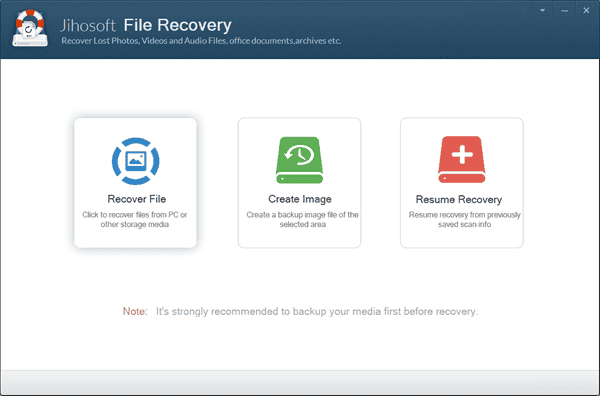

The external hard drive itself, under normal circumstances, should be detected by your operating system, without the need of drivers, software or firmware updates. While it is possible that your external hard drive may have come with bundled software that may be incompatible with newer operating systems, this is typically just ‘back up’ software, and the drive is not dependent on that software to function. There are several reasons why an external hard drive may not be accessible or detected when you connect it to your computer.

Another option, after you backup your files, is to put Porteus on the flash drive, it supports booting on UEFI systems. If you want to boot the drive on a UEFI machine, to a Linux system, the easiest approach, after you backup your files, is to download a utility named Easy2Boot and use to make the flash drive bootable and put a Linux system on it. If you want the files on it you need to find a non-UEFI machine, boot the Linux system and copy all the files to the machine’s hard drive, reformat the flash drive to a format Windows supports, then copy the files from the hard drive back to the flash drive. So, the question is, what do you want to do with the drive. Obviously your flash drive doesn’t have one of those formats, and since you say it has a Linux system on it it is probably formatted in a Linux ext format. Reading a USB drive on a UEFI system simply requires it be in a format Windows recognizes ie FAT, exFAT or NTFS.

Well, booting on UEFI systems requires the drive be formatted with UEFI support which obviously your’s wasn’t.


 0 kommentar(er)
0 kommentar(er)
